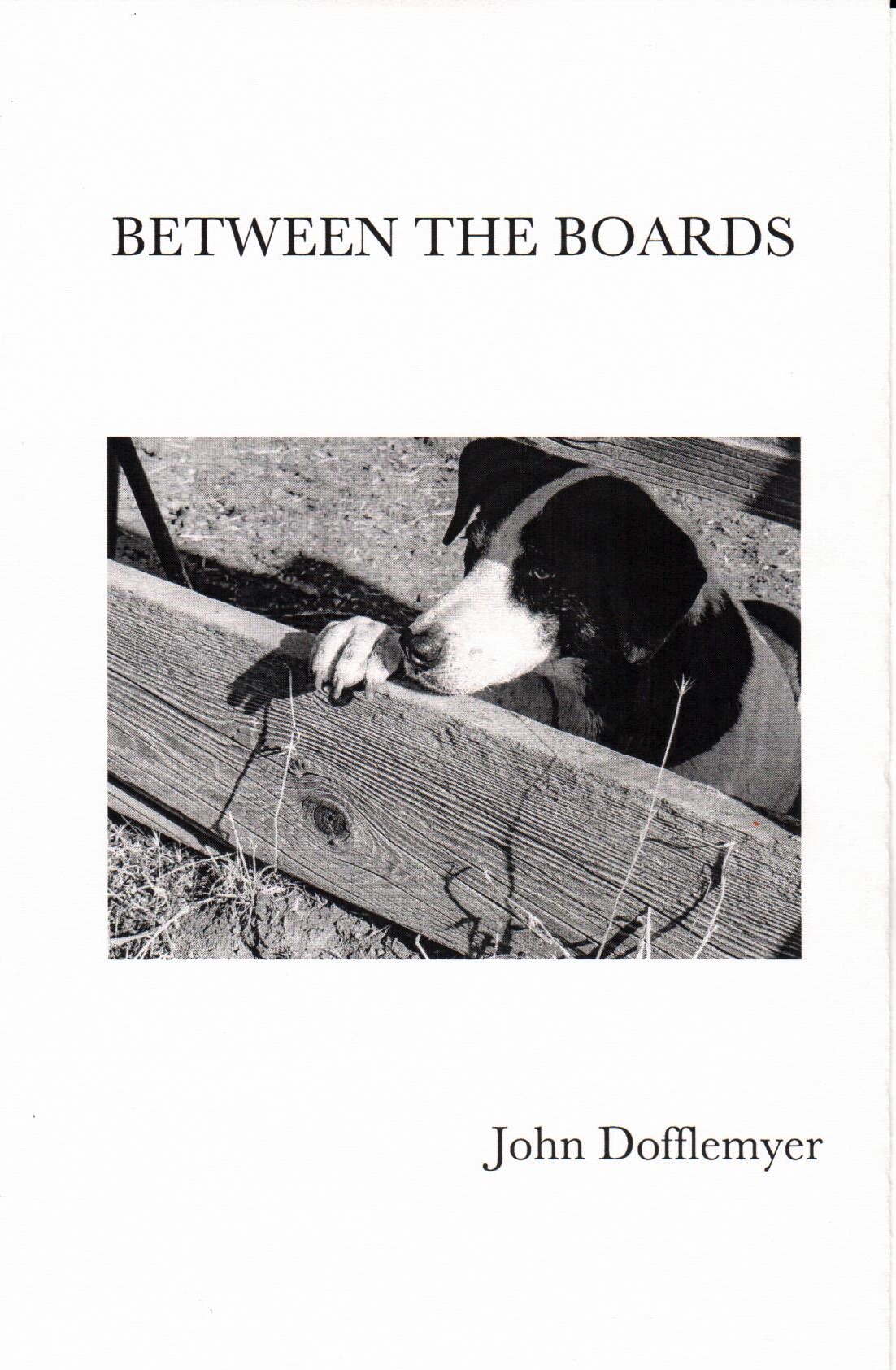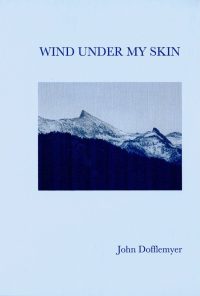It’s difficult to find a ranch without a water leak somewhere, usually around a trough. In the instance above, our 5,000-gallon tank has settled since we last repaired and changed the PVC fittings a number of years ago while the tank was empty. Anticipating settling when full, 40,000 pounds, we installed a compression fitting or dayton on our water line to allow the PVC pipe ends to slide closer together. Additionally, our conduit for the wire between the solar control panel and the float in the tank was in the same trench as our water fill and discharge line. The settling cracked the conduit and subsequently carried water from the leaky tank plumbing to the base of our solar panels creating another nasty bog.
This summer, our little rafter of turkeys have included the two leaks in their daily travels, drinking and finding bugs and grubs that wouldn’t otherwise be available. Because of the leaks, I’ve had to augment the solar pump with a generator and submersible pump to fill the tank once a day.
I’ve long rationalized that little leaks are not a waste of water, creating some green grass and making puddles for birds, rabbits and other small wildlife that often end up drowned and floating in our water troughs. Fishing the carcasses out can be an unpleasant chore.
Unable to responsibly procrastinate any longer, we set out early Tuesday morning knowing we had some muddy shovel work ahead. After several hours, we uncovered and loosened the dayton, fixed the conduit, repairing what was no little leak. If we’ve done our job well, the turkeys will have to drink elsewhere without the appetizers.























